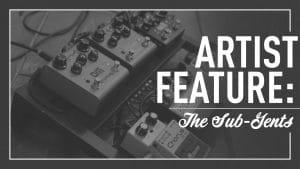
Artist Feature: The Sub-Gents
The Sub-Gents may currently hail from Scarborough, North Yorkshire, but the band’s founder and frontman, Fletcher Stewart is a Tennessee native at heart. Spending
Free US Shipping On Orders Over $49
Easy 30-Day Returns
Financing Available Through ![]()
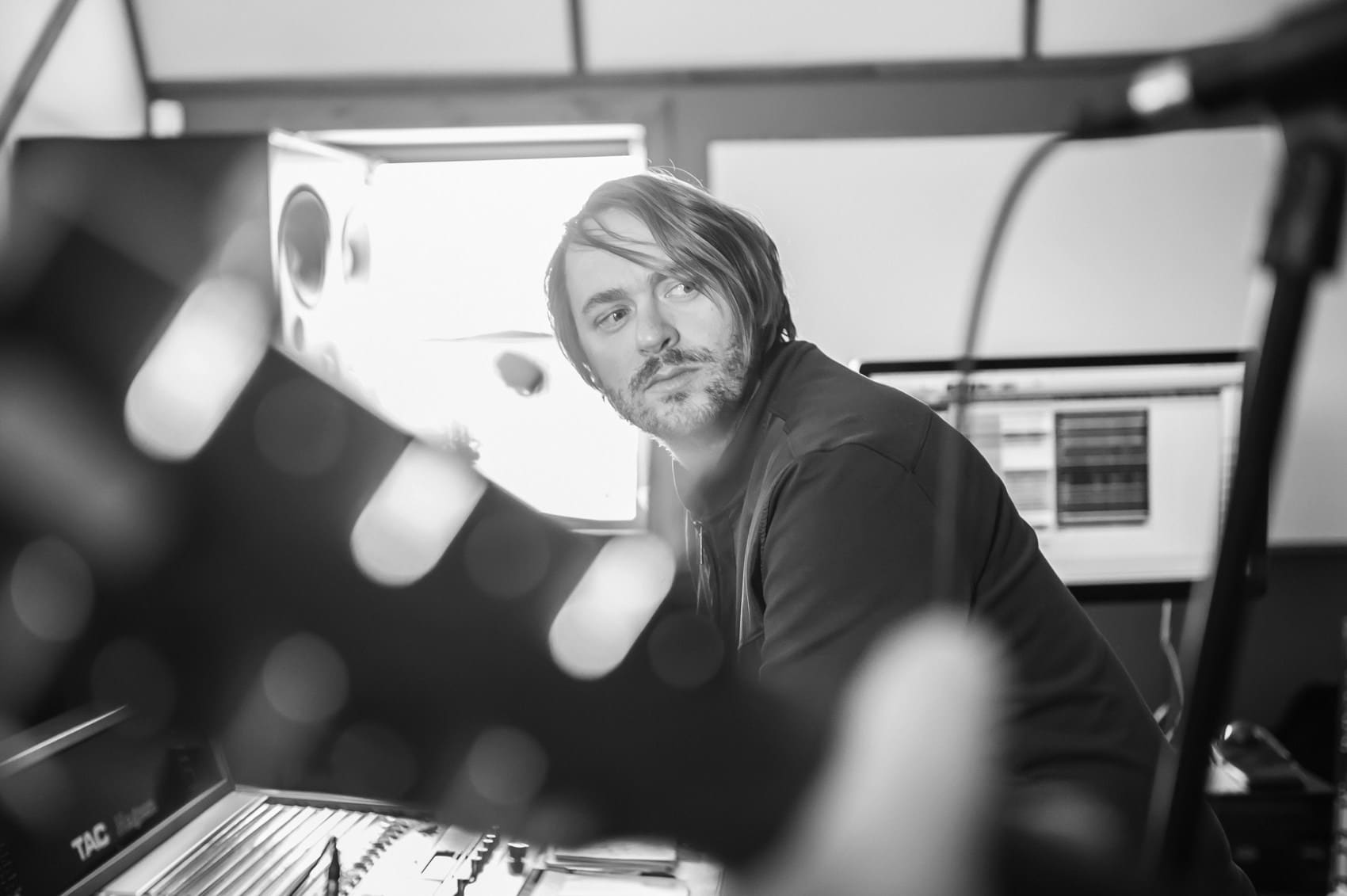
German-born producer, engineer, and musician Siegfried Meier has had a very busy year and a half. In addition to being the owner and purveyor of all things recording and mastering at his Beach Road Studios, in Ontario, Canada, 2019 saw the debut of Meier’s indie-friendly Cat Box studio in Cambridge, Ontario, the launch of his mix-ready kick and snare drum samples through Siegfried Meier Drums, and also the official kickoff of a livestream pro audio production course series through his website. And if this wasn’t enough, the early part of 2019 found him behind the mixing console for Old School, the latest release from long-time Canadian metal mavericks, Helix, a band Meier has been listening to since he was a kid.
Known for his JUNO-award winning work with the Canadian doom metal band Woods of Ypres, Meier’s career up to this point was already an impressive list of credentials and collaborations, working with folks like Kittie, Face to Face, and Tom Araya of Slayer.
We had a chance to chat with Meier recently about Beach Road Studios, his love of the vintage gear, how he uses BigSky in the studio, and much, much more. We even learned the origins of one of BRS’s most-beloved in-house feline residents, Mr. Meow. Read on and enjoy!
Tell us a little bit about the origins of Beach Road Studios.
We built Beach Road Studios in 2006. After my grueling schedule of teaching during the day and making records all night long, I realized I couldn’t go on much longer and needed a permanent facility to work in. I needed a place where we could leave instruments and gear set up for days and weeks on end, something that wasn’t possible at a recording school.
Initially, I had planned on moving out to LA or Nashville – somewhere there was action. My father was also getting sicker, having been left paralyzed in a surgery years earlier. I wanted to be closer to my family and help out where I could, but I also needed to push my career further and get to whatever that next step was.
I had always dreamed of having my own studio, so it felt like I was able to do both by building Beach Road on my family farm – something my parents were very supportive of. I enlisted the help of a fellow musician and framer/carpenter, Robbie McCowan and we worked out the world’s best trade – a studio for an entire full-length album!! My family and my wife’s family all helped out as well, and in a matter of months, the studio was operational.
A video tour of Beach Road Studios
What were your must-haves for the design?
At just under 3000 sq ft, my main must-haves were a large and reflective tracking room, skylights and plenty of natural lighting, views of Lake Huron and the sunset, as well as the ability to let sound escape!! Instead of wasting a ton of cash isolating the building (room inside a room design), I was able to focus on making it feel and look great since the building was in the middle of the country with no neighbors for at least a mile. The only isolation I really focused on was from the tracking room to the control room.
There’s also lodging for the artist, so when we work for weeks on end there’s no worrying about getting back and forth to the studio. Summer fires, BBQ, beer, and just having fun while working on music was really my main focus. I often run into people that made a record here with me many years ago, and they reminisce that it was the best time of their lives. That alone makes me feel like we created something very special that I’m quite proud of.
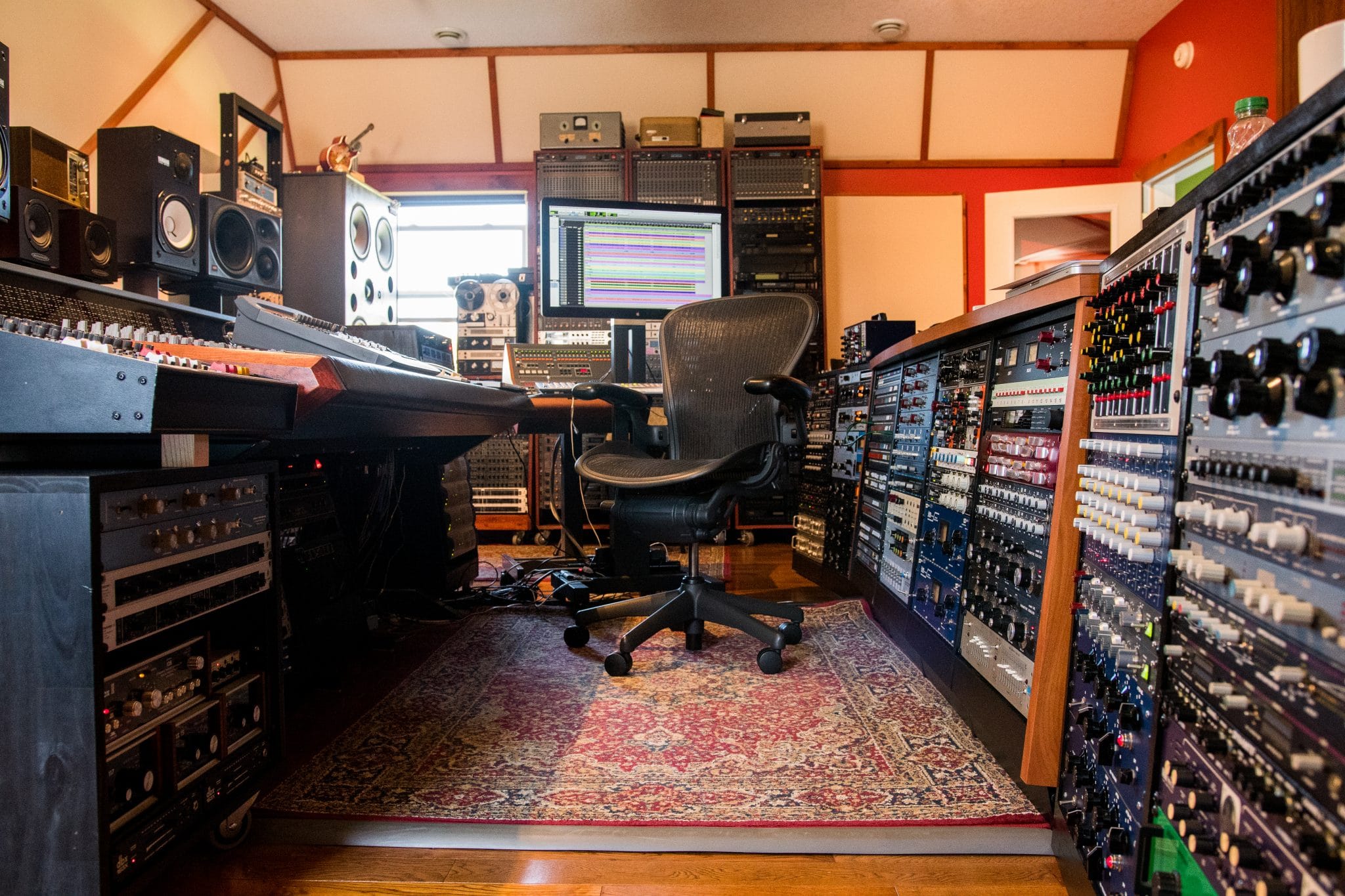

And what Strymon pedals are you using? Do you have a favorite go-to combination(s) of pedals?
I’d say the BigSky is probably my most used reverb pedal right now. I’ve been using it in the effects loop of my Fractal Audio Axe FX as well as on the front end of AC30 and Fender amps, and it has a vibe and bloom like no other reverb pedal. I feel like it’s the Lexicon/Bricasti of the guitar pedal world, and I’m constantly finding a new sound out of it for tracks. The thing is so deep, as are most of the larger Strymon pedals, but I never feel like I’m losing control of it. The BigSky also sounds unreal on keyboards. I have a nice-sized keys rig set up on my tracking floor, and I’ve been playing around with using that since the level and impedances of most keyboards match the Strymon stuff very well (the Mobius on keys is quite deadly too!). I also have a Radial EXTC that allows me to convert line level into HI-Z guitar level and back again, so I’ve been playing around with the BigSky, Mobius, and TimeLine in my mixes! I usually print the tracks, so I can get more patches out of each pedal – but I’m also a big fan of committing to tones and sounds, so this approach doesn’t bug me one bit. I have yet to utilize the MIDI controls of them though, something I hope to mess around with soon! I don’t really have any sort of a go-to combination of pedals for any style of music as I’m always trying to create something new for each project. Even if the style calls for very specific tones or vibe, I like to step outside the box a little bit and keep things fresh. There’s a ton of pedals here that I’ve collected over the past 20+ years, and when one doesn’t work or fit there’s sure to be something that does.

Beach Road is a combination of analog and digital recording options. Talk us through some of what you’ve got in there. What console(s) are you using?
I’m basically attempting to re-create a Noah’s Ark version of what a recording studio is – two of everything!!! I kid, but I have grown a penchant for the stuff of yesterday that I ogled while growing up. There’s also an entire generation or two of gear before me that I was never able to experience, so I have a tendency to scour and constantly search the ends of the earth and internet for things that historically and musically interest me. I’m also an electronics nerd, so I build and mod a lot of things – anything from custom microphones and mic preamps to EQs, monitor controllers, compressors, etc. I also get a lot of broken things from colleagues and bands for free, as they all know how I love to fix stuff and how much I hate seeing electronics go into the landfill.
My main racks are filled with lots of great old stuff as well as what some would consider low-end gear (if it makes a cool sound, I’m always interested!). Everything from a rack of 1176’s, an 1178 to a Focusrite Red 2 EQ, Valley compressors, custom hand-built Bloo LA2A’s, Distressors, lots of Ashly compressors, 70’s Urei EQ’s, custom Pultecs, Warm Audio stuff, Retro Double Wide, three giant racks of reverbs and FX that stand floor to ceiling, Studer, Scully, 3M, Sony and Ampex tape machines, both digital and analog – it all just got out of hand so quickly, haha. I see pics of when we built the studio and how little gear we had and sometimes I think what am I doing? I guess I’m having fun, that’s what I’m doing.
As far as consoles go, there’s quite a few of those here as well, but for now, our main one is a highly-modded TAC Magnum, the flagship from the AMEK/TAC corporation that dates to about 1989/1990. I’ve rebuilt the PSU, completely rewired the meter bridge, recapped the entire thing, wired in new faders and several other custom modifications. It sounds open and punchy – the mix buss can handle quite a bit of level and the EQ’s, although not very complex, are extremely musical – some great British engineering here! I’ve also got a pair of Soundcraft 600’s, an 8-channel Soundcraft 200BVE (broadcast version), a 1975 Soundcraft Series II (incredible sounding console I plucked from a dumpster with all Sowter transformers on the mic inputs), 3 TEAC 5b’s, a Sound Workshop Series 32 that used to belong to Alex Lifeson of Rush (along with a 14 channel sidecar that I recently acquired), Yamaha PM700, Soundcraft Delta SR, a D&R4000 that Raffi (Canadian children’s music artist) made several records on along with the Series 2000 sidecar, a Tascam M3500 and a pair of late 80’s Mitsubishi Westar consoles that I’m currently rebuilding – possibly turning into one giant console that will be destined for a future Studio A room! Sometimes I just set up a random little station or rig for an album or EP, just for fun. I like to keep things interesting, and even though I love just having things set up and ready to go, sometimes it’s fun to use some unorthodox gear for color and vibe!
How did you end up working with Face to Face on the Hold Fast record? Can you tell us more about the recording process for that record since it was an all-acoustic collection?
I’d known Trever since the early 2000’s when he signed a band to his label called Seconds To Go that I had produced. We reconnected years later at Warped Tour when Face To Face returned from their hiatus. He commissioned a few custom pieces of gear from me, and we stayed in touch over the coming years. In 2013, our band opened for them at a show in Toronto, and Trever first approached me about working with them on a record in 2015. The band did eventually come to Beach Road in the fall of 2016 during a few days off tour to produce a song with me – a great classic cover track that is yet to be released. It wasn’t until they announced this upcoming acoustic record that things started to really fall into place. Reworked versions of their punk rock masterpieces, Hold Fast took some time to create. While I wasn’t involved in the initial recording sessions, the band did send the sessions my way where I did my thing, mixing and co-producing as well as adding some percussion and background vocals. Since the songs were reworked to sound quite different, the fear that we were making the record too slick was very real. I actually went back and forth with several mix revisions to try to alleviate that. Eventually, things settled in and we all agreed on where the vibe of the record needed to sit at. It’s a wonderfully crafted album with some incredible playing that fits perfectly for various age groups of listeners. Trever’s voice has always been so unique and commanding, and hearing those songs in this light makes you realize what a phenomenal writer he really is – I always felt that, regardless of what style of music anyone thought Face To Face was. In my eyes, they’ve always just been a great band that writes great timeless songs
You’ve also worked with Tom Araya of Slayer on a Thine Eyes Bleed track. How did that collaboration come about? Can you talk us through a little of what was used when recording it?
I had produced a record for a band called Thine Eyes Bleed in 2007 when they were fresh off the Unholy Alliance Tour (Slayer, Lamb of God, Mastodon). Their bass player was none other than Johnny Araya, brother of Slayer singer Tom. When we did the follow-up record a few years later, the opportunity to have Tom do some guest vocals came up and I was notified while I was away up north at our cottage. It was so short notice, and I knew we’d be doing it pretty guerrilla-style that I didn’t have much time to think about it. The band was on tour with Megadeth and passing through London, Ontario. The initial plan was to possibly track on their tour bus, but their families had come with them on that leg of the tour and it wasn’t a possibility. Since we literally had about 20 minutes tops to get it all done, we eventually decided on a small concrete maintenance room at the back of the venue – hardly a magical space to record in, let alone an acoustically sound one! I brought a Shure SM7B, a custom pair of Beach Road/Neve mic preamps that I had built and my laptop. That’s about it, haha. Tom came in, we introduced ourselves, and it was literally the first time he’d heard the song and read the lyrics. I gave him some playback, he sang through a few takes while the band and I gave input, and he killed it ’cause he’s friggin’ Tom Araya!! The whole thing was pretty surreal, and I’m quite sure that if you solo his raw vocal tracks you can hear Megadeth blaring in the background of the venue, haha.
Tell us more about the mastering arm of the studio.
It was my plan to build a dedicated mastering room very early on in the design stages of Beach Road. I’d been mastering records since the late 90s, and I felt that having a dedicated room instead of just doing it in our main room really separated the job – as it should be – but also made it more special for the attending client. As the years moved on, less and less clients attended the sessions (as well as a growing client base in other countries and overseas). Mastering is a huge part of my business now as it allows artists and bands to get a little piece of me without a huge price, and I LOVE mastering records. I quite enjoy the process of getting in there at the end and providing my take and vibe – possibly injecting something into it that the client didn’t know they were missing.

When did you launch Beach Road Electronics and what prompted you to get into customizing audio equipment?
I’d been building gear since around 2003, and when we built Beach Road it was the only way for me to get some quality stuff with the meager dollars we had left over – going from just doing overdubs in my apartment studio to needing to outfit an entire facility was not an easy feat. Luckily, there were lots of kits and parts and designs available back then and so much information and help on the internet (these days, it’s even crazier…I don’t even really mention to most people that I build any longer as it doesn’t feel as special as it once was). At some point, I wanted my gear to have a custom look to it, and I started branding it Beach Road Electronics around the 2010 mark. I don’t build a lot for outside clients these days as time won’t allow for it, but whenever I rack some vintage modules or build any custom gear, I’ll brand it with my engraved logo as I’m very proud of what we created here.
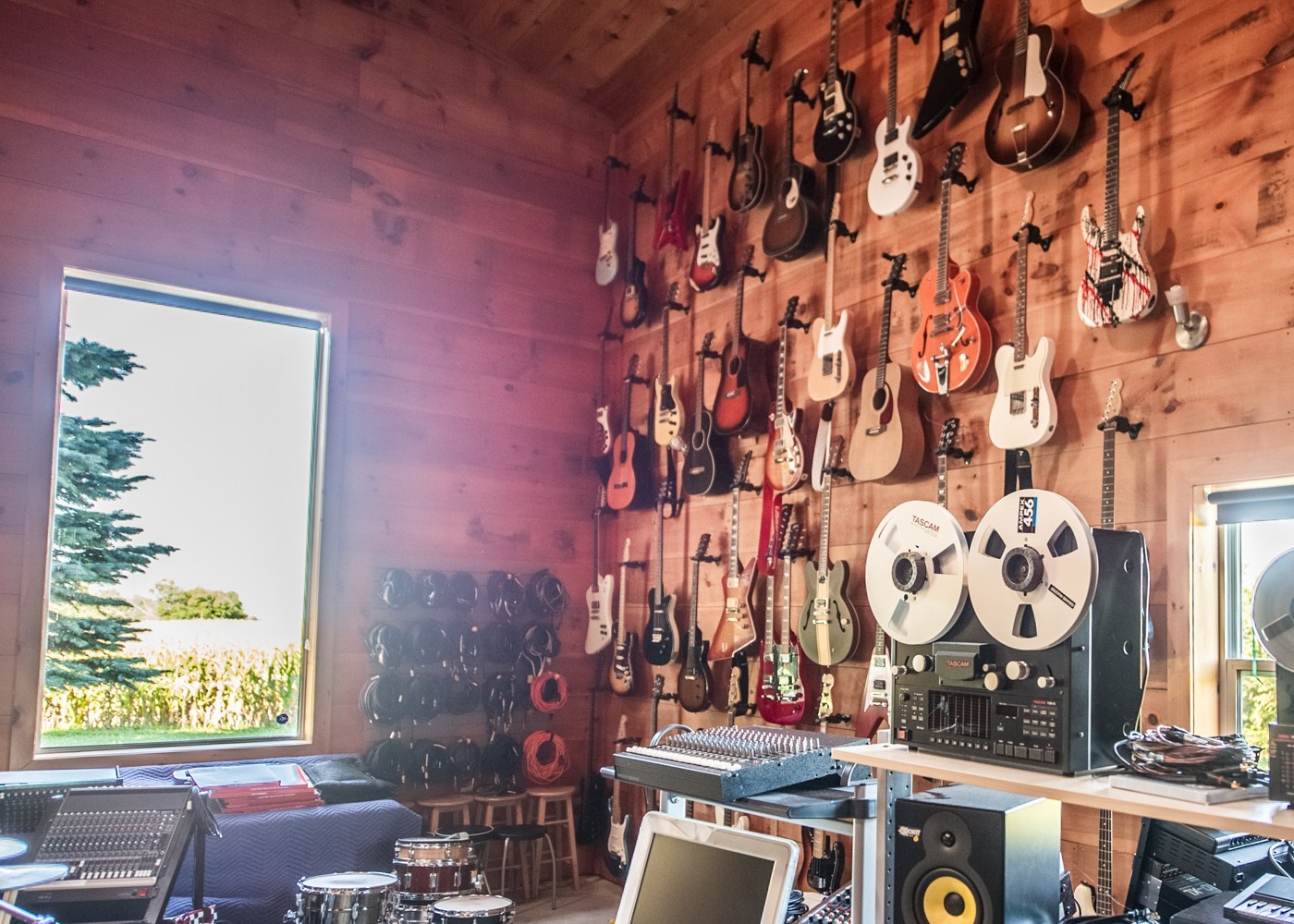
As if this all wasn’t enough, you’ve also launched Siegfried Meier Drums, tell us more about that.
SMD is a project I’d been thinking about for at least a decade or more. I’m always recording samples for every record I produce – sometimes as a safety net in case I have to fix something or create a part later on, and sometimes to augment the tone and vibe of a drummer. I hatched this plan that I’d get a bunch of various heavyweight drummers to hit the samples, and I’d program and map out the samples for use in mixes and songwriting, etc. For now, we’ve only got my Custom Series pack out, but there are four other packs that I’m currently editing and preparing for release soon as we gear up to record more in the new year. I also have some plans to release a few custom plugins and channel strips.
And now for the question I know Strymon fans have been waiting for, who’s that charming little feline fellow hanging out in the Beach Road studios?
That’s Mr. Meow!!! He was a stray that showed up the year after we built the studio. Initially not wanting a cat around here, he soon stole all of our hearts (including bands, even ones that say they “don’t even like cats” haha). We always say he adopted us, not the other way around…and that’s about as honest as it gets. He’s ridiculously fun to be around, and he’s more human than most humans I know. It’s true when they say that animals are the best stress relievers – just a few minutes petting that guy after a long day makes me forget about anything that might be troubling me. I always grew up with cats and animals on the farm, and sometimes I think I might actually be a cat? 😻😹
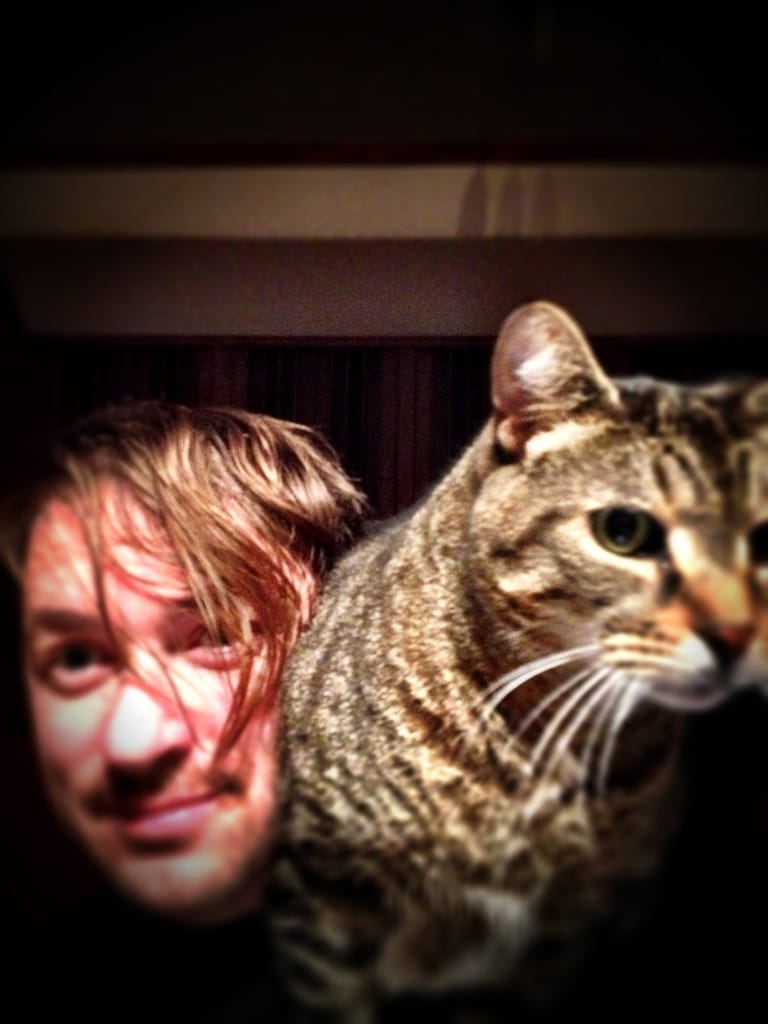
Follow Siegfried Meier on Instagram to stay up to date on his upcoming projects, Mr. Meow, and more.
Subscribe to our newsletter to be the first to hear about new Strymon products, artist features, and behind the scenes content!

The Sub-Gents may currently hail from Scarborough, North Yorkshire, but the band’s founder and frontman, Fletcher Stewart is a Tennessee native at heart. Spending
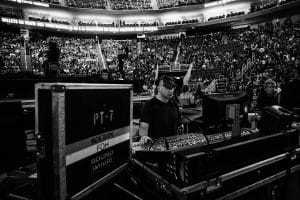
Producer Chris Fudurich is a man of many talents. With over 20+ years of experience in the music industry under his belt, Fudurich’s list of
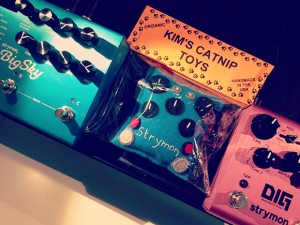
Thank you to everyone that participated in our #StrymonCat cat toy giveaway. It was wonderful to see so many happy, cute, music-loving cats. We made